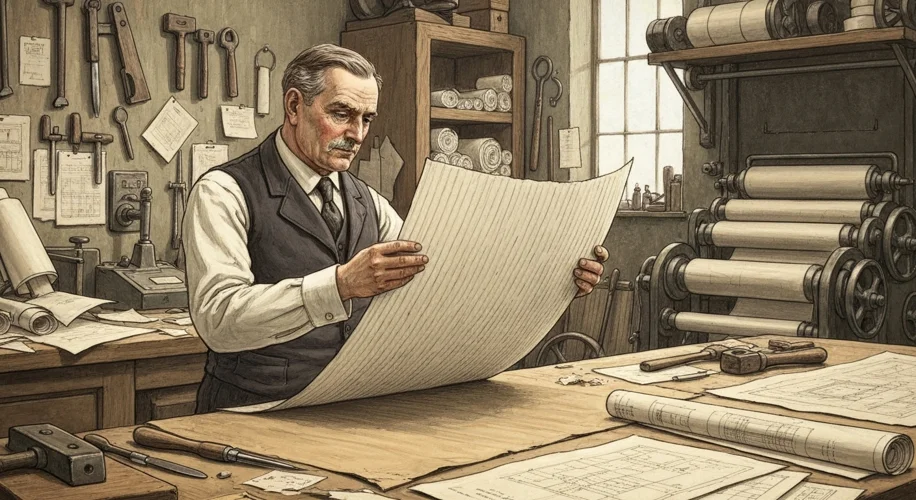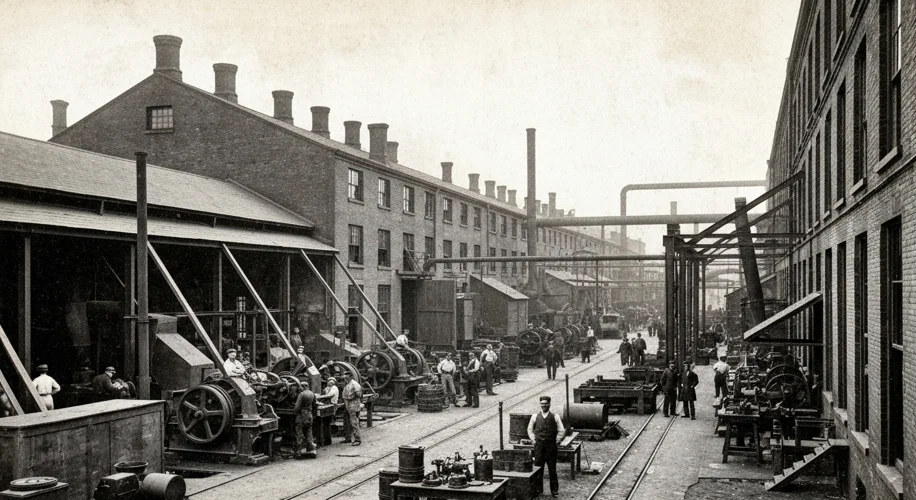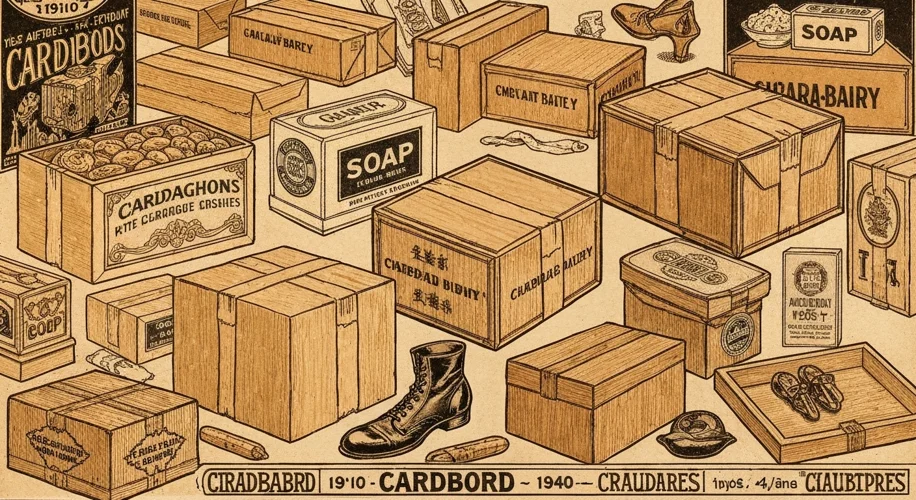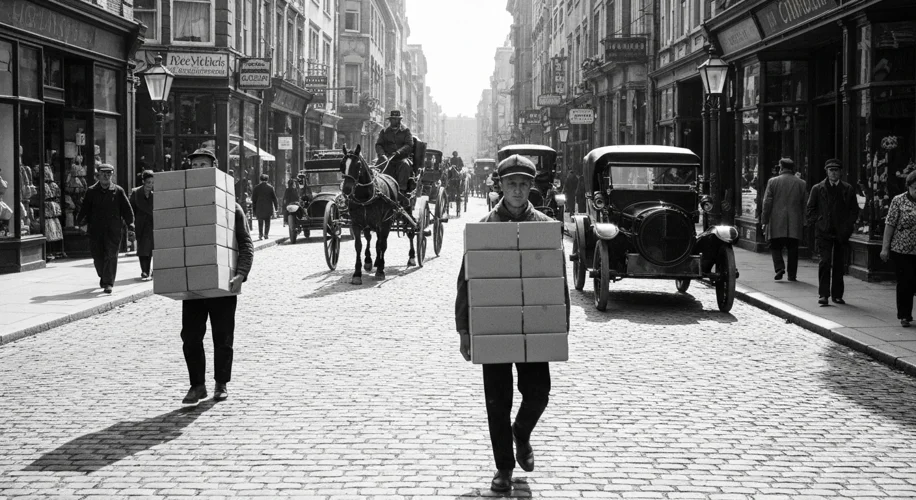In the grand tapestry of human innovation, some threads seem so commonplace, so utterly unremarkable, that we rarely pause to consider their origins. The cardboard box is one such thread. Yet, this ubiquitous container, a silent workhorse of commerce and life, boasts a history far more intriguing than its unassuming appearance might suggest. Its journey from a simple paper product to the backbone of global logistics is a story of ingenuity, adaptation, and a quiet revolution in how we package, protect, and transport the world’s goods.
Our story begins not with sleek factories and automated assembly lines, but in the quiet workshops of the 19th century, a period brimming with industrial fervor and a relentless drive for efficiency. While paper itself had been around for millennia, the concept of using corrugated paper as a protective packaging material was a relatively new, albeit initially niche, idea. Early pioneers were experimenting with ways to shield fragile items during transit, a growing concern as global trade began to expand.
One of the earliest murmurs of what would become the cardboard box can be traced back to 1856. In England, the Beehive, a journal dedicated to the arts and sciences, noted the use of corrugated paper as a lining for hatboxes. This was a far cry from the robust, multi-layered containers we know today, but it was a crucial first step. The corrugated paper, essentially paper molded into a wavy or ridged pattern, provided a surprising amount of cushioning. It was a clever solution to a simple problem: how to keep a delicate hat from being crushed.
However, the true genesis of the modern cardboard box, the kind that dominates shipping pallets and fills our recycling bins, began with a different application: protecting kerosene lamps. In 1871, Albert Jones, a resident of New York City, patented a method for creating a more substantial corrugated paperboard. His innovation involved manufacturing sheets of corrugated paper, which he then sold to be used as a protective wrapping for glass bottles and other breakable items. This wasn’t a box yet, but it was the vital precursor – the corrugated medium itself, recognized for its protective qualities.

The real leap towards the box as we know it came with the realization that these corrugated sheets could be folded and assembled. In 1874, a pivotal moment occurred when American inventor Thomas G. G. Stone patented a machine that could produce continuous corrugated paper. This was a game-changer. Before this, the process was labor-intensive and slow. Stone’s machine allowed for mass production of corrugated paper, making it more accessible and affordable.
But the box itself, with its distinct panels and flaps, was still on the horizon. The crucial development arrived in 1890 when Robert Gair, a Scottish immigrant who had established a successful paper bag manufacturing business in Brooklyn, New York, experienced a stroke of accidental genius. A fire destroyed his factory, but his inventory of pre-cut paper bags was fortunately stored in wooden crates. He noticed that the paper lining inside these crates was the very same material he used for his bags – thick, strong paper. He began to experiment, realizing that he could print and cut large sheets of paperboard, and then fold and glue them into boxes.

Gair’s innovation wasn’t just about creating a container; it was about creating a die-cut container. He developed a method for creating a scored and perforated paperboard that could be easily folded into a box, and importantly, could be shipped flat and then assembled by the user. This was revolutionary. Previously, boxes were often made of wood, heavy, bulky, and expensive. Gair’s paperboard boxes were lighter, cheaper, and could be stored and transported in a much more efficient manner.
The impact was profound. Suddenly, manufacturers had a reliable, cost-effective way to package their goods. From shoes to breakfast cereals, the new paperboard boxes began to appear, offering protection and a convenient surface for branding and labeling. The corrugated box, specifically, found its true calling in the shipping industry. It offered superior protection against impacts and vibrations compared to simple paperboard, making it ideal for the increasingly complex and often rough journey of goods across the country and, eventually, around the world.
By the early 20th century, the corrugated box was no longer a novelty. Its adoption accelerated with the growth of mass production and the rise of large retail chains. Companies like Sears, Roebuck and Co. relied heavily on mail-order catalogs, and the sturdy, customizable cardboard box was essential for delivering their products safely to customers’ doorsteps. The box became an integral part of the burgeoning consumer culture, a tangible link between the factory floor and the household.

The evolution continued. Innovations in printing allowed for more sophisticated branding. Advances in paper manufacturing led to stronger, more resilient materials, capable of withstanding greater weight and harsher conditions. The development of automated machinery further streamlined the production process, making cardboard boxes cheaper and more readily available than ever before.
From its humble beginnings as a hatbox lining and lamp protector, the cardboard box has transformed into a symbol of global commerce. It’s the unsung hero of e-commerce, the reliable carrier of our necessities and desires. It’s a testament to how a simple, seemingly mundane invention, born from a need for protection and efficiency, can profoundly shape the way we live, trade, and connect across vast distances. So, the next time you break down a box for recycling, take a moment to appreciate the century of innovation packed within its folds – the humble beginnings of a cardboard colossus.

